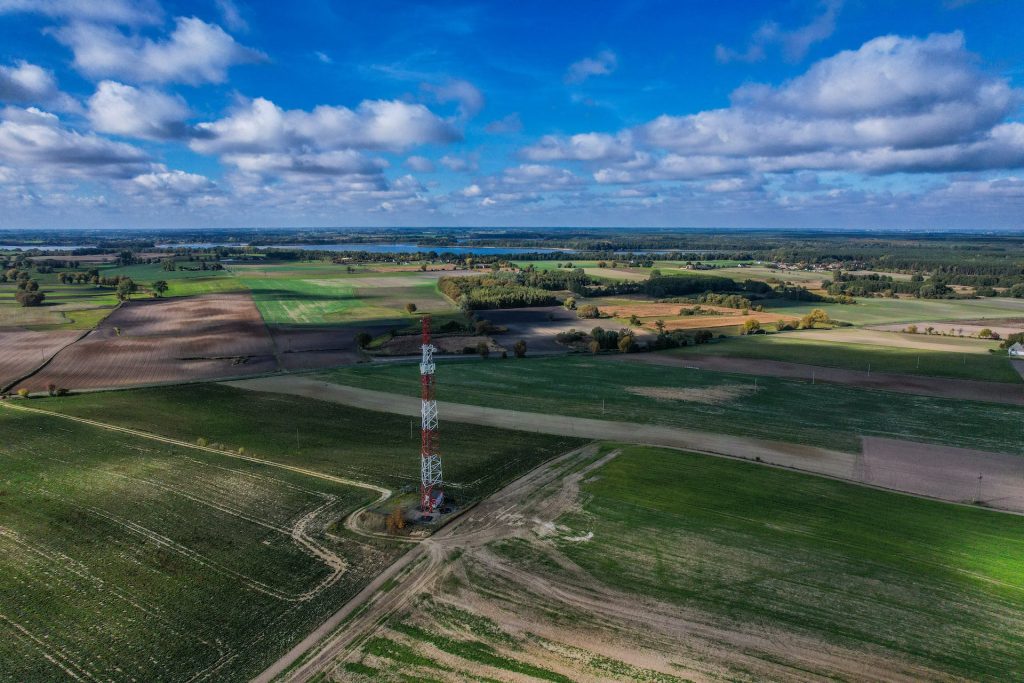Agriculture in Australia must be innovative to survive. Australia’s farms are today amongst the most productive in the world, largely because of a willingness – often born of necessity – to do things a different way. Now, in the 21st century, Australian agriculture has adopted innovation as its mantra, with a range of initiatives from business, academia, and government to look for new ways to make things happen.
“Innovation and the role of IoTs on farming has grown substantially. Cloud technology is slowly being adopted as common practice as emerging tools break into the scene.”
Trent Spiers - Head of Operations, VirtuGrp Australia
More than half of Australia’s food is exported. The complete agricultural supply chain, including the affiliated food and fibre industries, provide over 1.6 million jobs to the Australian economy. The agricultural sector, at farm-gate, contributes 3 percent to Australia’s total gross domestic product (GDP).
The meat industry has a 4.1% share of exports, valued at $10.4 billion while cereals contribute $3.8 billion to the economy with a 1.5% share of exports.
Top Agricultural Producing Countries are Pro-Tech
Agricultural Technology, known as AgTech, is a way of redressing the balance. “AgTech has the potential to be a leading source of technological manufacturing, exporting high-tech products to a global agricultural market in need of innovative solutions to meet the exploding demand for food,” says Trent Spiers, Head of Operations at VirtuGrp Australia.
A recent report, by private industry group StartupAUS and consultancy from KPMG, found that agricultural technology has the potential to give Australia a $100 billion agricultural industry by 2030, double what it is now.
“AgTech, Smart or Precision Farming, biotech, food tech, and food e-commerce are all important elements of the integrated value chain. AgTech specifically, though, operates almost exclusively in the initial input and production phases,” says Spiers.
Currently, the top 5 agricultural producing countries are 1. China; 2. USA; 3. Brazil; 4. India; 5. Russia. Sure, some of them, like Russia, have the advantage of landmass over Australia, however, the moving force in their growth has been technology.
Take China as an example. China has just 7% of the arable land and with that, they feed 22% of the world’s population. In the 20th century, China struggled to feed its large population. Then in the 21st century, they upgraded farming policies and technologies – making China self-sufficient and growing in power.
The Race to Innovate with AgTech
With one in seven people facing starvation, there has been an ever-increasing pressure for farmers to maximize productivity. All while maintaining environmental and economic efficiency. Farmers often face a race against the clock with minimal hands-on deck to plant and harvest, especially with the volatility of recent unpredictable climates. It is with this that technology comes into play.
“Innovation and the role of IoTs on farming has grown substantially,” says Spiers. “Cloud technology is slowly being adopted as common practice as emerging tools break into the scene.”
Ones to watch include:
- Automated farming equipment such as a self-driven tractor or seeder solves the problem of both time constraints and labour shortages. Machines like these can work round the clock tirelessly to bring higher yields in a shorter time.
- Smart sensors and devices that can connect through wireless technologies such as 4G, 5G, and satellite, and talk to other devices through the Internet of Things, enabling further automation in the farming processes.
- Real-Time Kinematic (RTK) is an emerging technology used to enhance the accuracy of existing GPS signals. The technique eliminates most standard GPS errors to centimeter-level accuracy. RTK improves GPS or satellite tracking with stationary receivers in the field to predict more accurately the yields and expenses of farming.
- Drones and farming eco-system. Drones used to help optimize agriculture operations, increase crop production, and monitor crop growth. Sensors and digital imaging capabilities can give farmers a richer picture of their fields, these views can assist in assessing crop growth and production.
Conclusion
The rise of technology, coupled with the need for higher productivity, has opened a wealth of new understanding with the collection of accurate data. Innovations can now provide farmers better reign over crop quality control, pest management, and even the optimization of their existing practices to achieve higher revenue.





